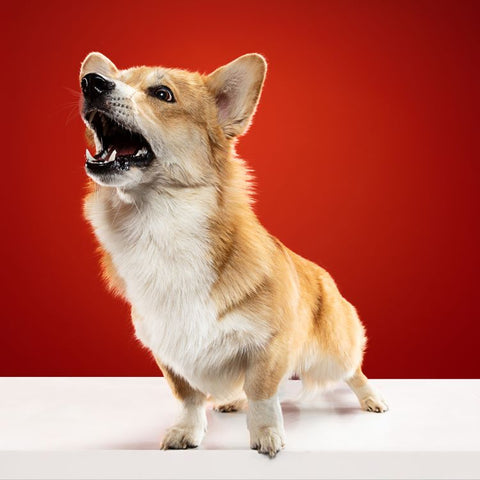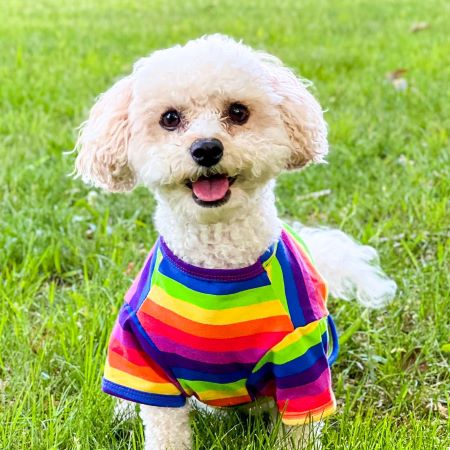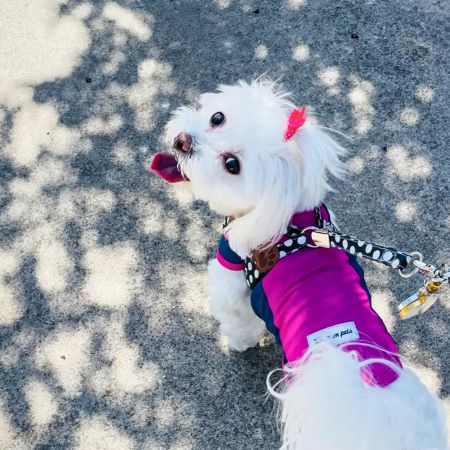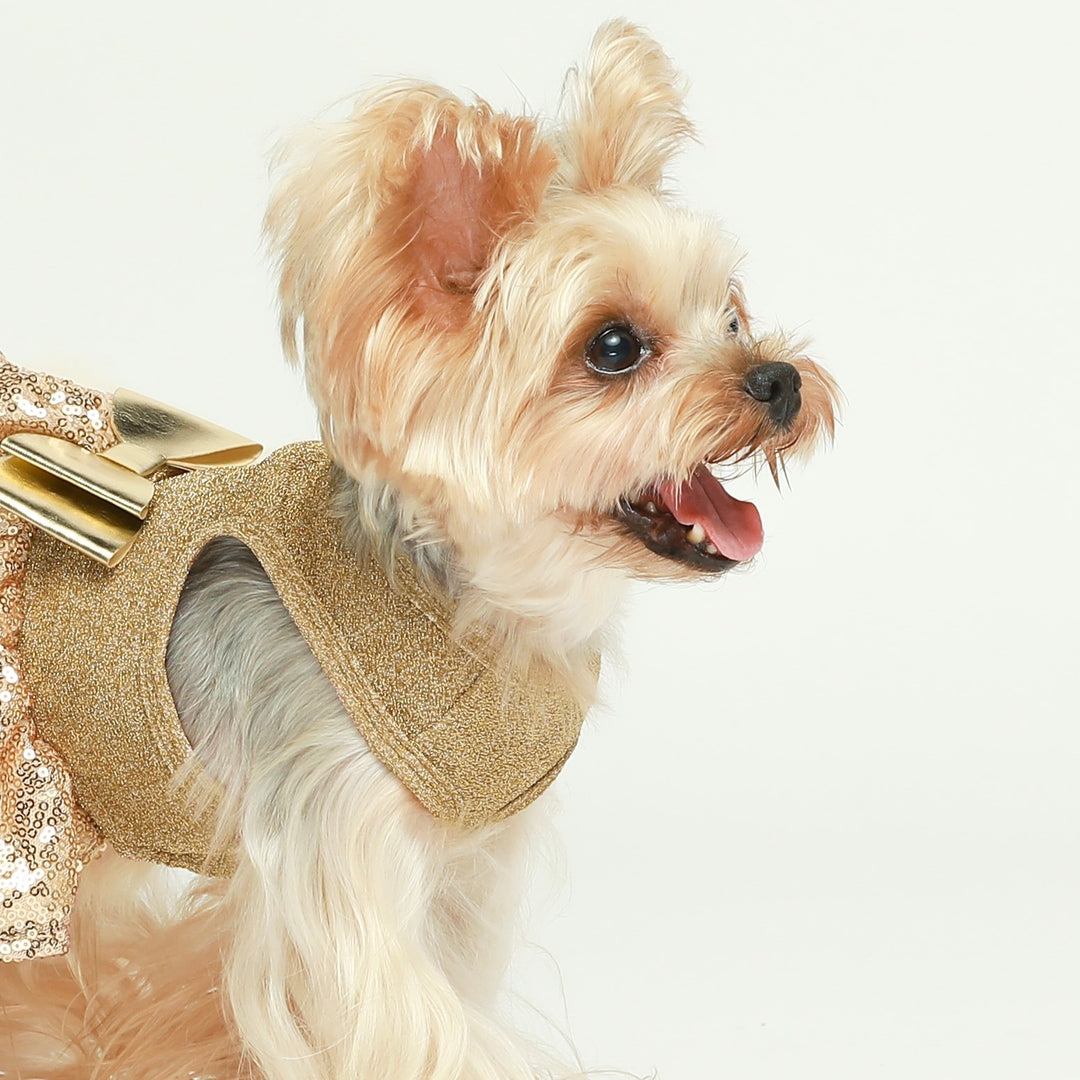Unlocking the Secrets Behind Your Dog's Smile
In the world of dog lovers, few sights are as heartwarming as the sight of a dog smiling. That wide grin, often accompanied by a wagging tail and bright eyes, seems to speak directly to our hearts, suggesting pure joy and contentment. But what really lies behind these adorable expressions? Are dogs capable of smiling in the same way humans do, and if so, what prompts these expressions of happiness? This blog delves into the fascinating science and emotional depth of your dog's smile, shedding light on how our furry friends communicate their feelings to us.

Instagram: maiseyjane21
Do Dogs Really Smile?
Yes, dogs can really smile, but it's not quite the same as a human smile. When we see our dogs with their mouths open and their tongues out, looking like they're grinning, it's their way of showing happiness or contentment. Animal behaviorists and vets have studied dog expressions and found that dogs use their "smiles" to communicate with us. This behavior might be partly natural and partly learned from living with humans.Similarly, dogs employ a variety of other signals to interact with us and each other. To dive deeper into this subject, we have resources that detail how dogs use their ears and eyes to 'talk'. So, when your dog seems to be smiling, they are indeed expressing a form of joy or comfort, even if it's not exactly the same as when people smile.
The Science and Emotion Behind Canine Grins
-
A Blend of Instinct and Learning: Dogs have been our companions for thousands of years, learning to understand us and react in ways that strengthen our bond. When dogs seem to smile, with their mouths open and eyes soft, it might be something they've picked up from seeing how we respond to them. This behavior, whether it's showing happiness or a more submissive smile, is a key part of how dogs communicate their feelings and connect with us. It's all wrapped up in the rich, emotional language that dogs use to interact with their human friends. But does this mean they can also experience the absence of their owners as we do? For more on this emotional inquiry, discover the emotional bond between dogs and their owners and whether canines truly miss us when we're gone.
 Instagram: belletheteddybear
Instagram: belletheteddybear-
Understanding Canine Happiness: Dogs use their entire body to communicate, not just their facial expressions. A happy dog's body language is relaxed, with a loosely wagging tail and a posture that invites interaction. When a dog "smiles," it's often a sign of relaxation or playful intent, a gesture that's as much about their comfort with us as it is about their mood.
Understanding Dog's Teeth-Baring "Smiles"
When your dog shows their teeth, it might look like a smile to us, but it can mean several things depending on their mood and the situation. Here's how to distinguish between different types of "smiles" and what they might mean:
-
Playful Smile: This smile is seen during play and is usually accompanied by a relaxed body language, such as a play bow, wagging tail, and possibly playful barks. The eyes are soft, and the overall posture of the dog is loose and wiggly, indicating they're in a good mood and ready for fun.

-
Anxious or Nervous Smile: If a dog is feeling anxious or nervous, their 'smile' might come with signs of stress, such as licking lips, yawning, or turning their head away. Their body might be tense, and the tail could be held low or tucked between their legs. This smile is a sign of discomfort and a request for space. Recognizing these signs is the first step in helping your pet, and if you're encountering this behavior, it's important to understand calming techniques tailored for anxious dogs that can provide comfort and relief.

-
Aggressive or Warning Smile: This is a more serious expression and is usually a warning sign. The dog's body will be stiff, with possibly raised hackles (the hair along the back), and the eyes will be hard or staring. Growling or snarling may accompany this "smile," indicating the dog feels threatened and may react if pushed further.

Recognizing these different "smiles" and their accompanying body language can help you better understand your dog's emotional state and respond appropriately. Whether it's engaging in play when they're happy, giving them space when they're anxious, or seeking professional advice for aggressive behavior, understanding these expressions is key to a healthy and happy relationship with your furry friend.
Responding to Your Dog's Happy Smile
When your dog graces you with a happy smile, it's a golden opportunity to reinforce your bond through thoughtful and positive reactions. Here's how to effectively respond to your pet's joyful expressions:
-
Share the Joy: Return their smile with one of your own and use a happy, high-pitched voice to communicate your pleasure. This mirroring behavior helps dogs understand they've done something good, enhancing their sense of security and happiness.
-
Engage in Play: Inspired their cheerful mood by initiating their favorite game, whether it's fetch or tug-of-war. This not only capitalizes on their current state of happiness but also promotes physical activity and mental stimulation, contributing to their overall well-being.
 Instagram: all_cali_cuteness
Instagram: all_cali_cuteness
-
Offer Treats or Praise: Acknowledge their joyful expression with a treat or enthusiastic praise. This form of positive reinforcement makes them more likely to repeat behaviors that lead to smiles, establishing a cycle of positive feedback between you and your dog.
-
Physical Affection: Respond with a gentle stroke or a cozy cuddle, catering to their love for physical closeness. Such gestures of affection meet their emotional needs and communicate your love in a language they understand deeply.
 Instagram: popcorn_desiderio
Instagram: popcorn_desiderio-
Quality Time Together: Dedicate moments solely to them, perhaps with a peaceful walk or a quiet cuddle session. This undivided attention not only celebrates their happiness but also reinforces your role as their trusted companion and source of comfort.
Smiles Shared: Strengthening the Human-Dog Bond
Understanding a dog's smile deepens our appreciation for their emotional world, revealing joy, companionship, and love. When your dog smiles, it's a chance to strengthen the bond you share by smiling back and cherishing your unique connection. Recognizing these moments enhances our relationship, making every smile a shared joy. This insight into our dogs' smiles not only makes us better companions but also enriches the loving bond between us, celebrating the mutual affection and understanding that defines the human-dog relationship.

Instagram: peppermaltipoo














